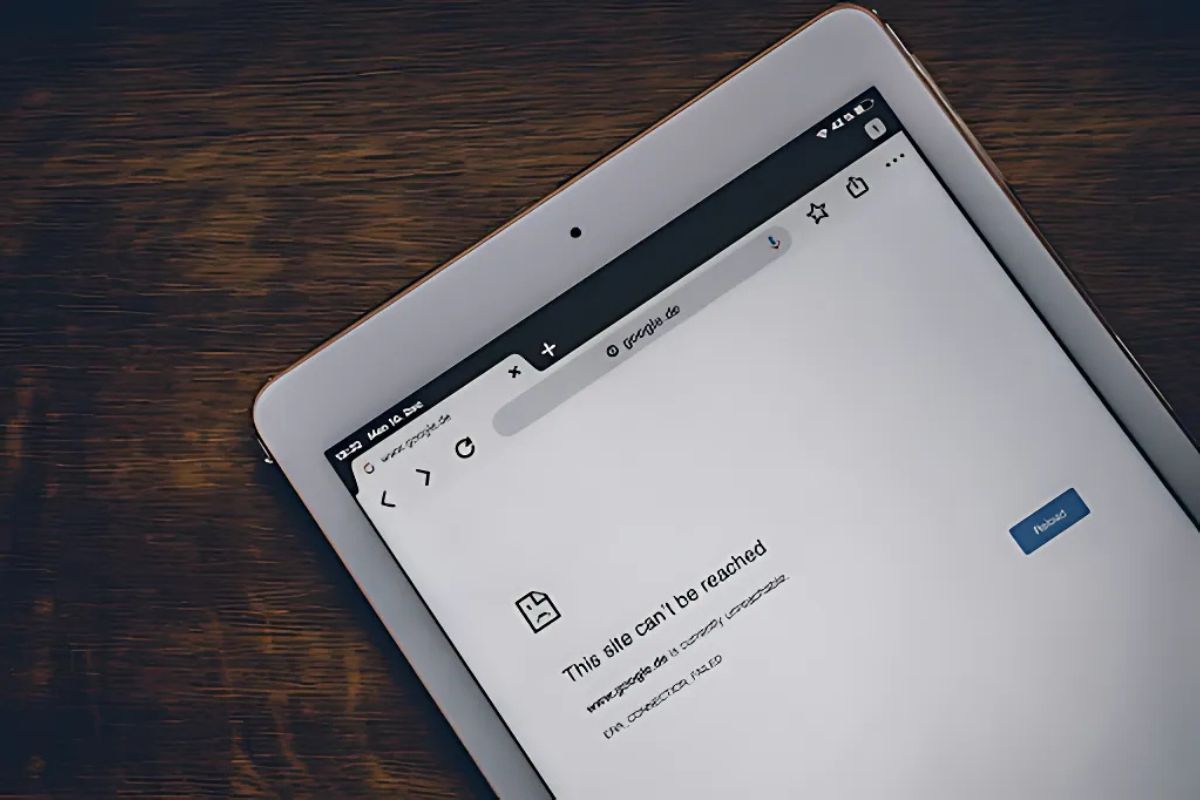

In the modern age, a single piece of private information is now spreading like wildfire across the web. With most people increasingly adopting online applications, search engines like Google store tons of information on an individual. This may have the benefit of improving user experiences, but it has also been linked to some serious privacy issues. Perhaps the most important piece of digital privacy is the right to demand the erasure of personal information from Google and other services. This article discusses how this process works, which laws protect the right, and why it’s an important right in the first place.
Table of Contents
The “right to be forgotten” is a principle for data protection in the UK and Europe, by which a person has the right to ask a controller to erase personal data if it is no longer necessary. This right came into effect in 2018 with the General Data Protection Regulation, hence improving citizen control over their digital presence. In the UK, this continues through domestic data protection regulations after Brexit.
It is a very practical right that is being well used. As reported, since the right to be forgotten ruling in 2014, Google has received more than one million removal requests over millions of URLs. Individuals apply to have old, inadequate, or no-longer relevant information removed as such links will affect one’s reputation and breach privacy in a negative manner.
This right cannot be overemphasized. In a world where a single search on the internet could get one hired, into a relationship, or even determine their state of mental health, managing one’s digital footprint becomes extremely important. Without this right, an individual might be haunted beyond his grave by mistakes or misinformation that no longer apply to him in real life.
The legal basis for the request to remove data relies on GDPR Article 17, which defines the “right to erasure.” That law has specific situations where deletion can be requested, including if the data is no longer necessary for the purpose it was collected, the individual withdraws consent, or the data has been processed unlawfully.
For example, in the UK, it is the ICO that ensures that these laws relating to data protection are complied with. It should be noted that the right to be forgotten, although powerful, is not absolute. For example, data cannot be deleted if it is required for public interest, freedom of expression, or legal obligations.
You need to fill out an official request online to remove something from Google. Fortunately, Google has made it pretty simple and has provided an available form for such purposes on their “Legal Help” page. You have to fill the form out, specifying in as much detail the exact URLs to be removed, the grounds for doing so, attaching supplementary documents where necessary.
Be as specific as possible and include as much relevant information as possible. For example, if you would like something removed that is defamatory or outdated, explain how it is an invasion of your privacy or no longer true. You will most likely have to attach a copy of your identification to prove who you are for security reasons.
Writing a formal letter may help you organize your request well, especially for those who are not used to formal procedures. A formal letter can present your case, including the details of evidence, in a clear manner to Google.
Once you have submitted your request, Google will review it to decide whether or not the material meets their requirements for removal. They will balance your right to privacy with the public’s right to access information.
The length of time for a response to be given can vary. Some cases are resolved within days, while more complex requests may take several weeks. If Google denies your request, they will explain why and you may be able to appeal the decision through the ICO or through the courts.
Note that this material will disappear from results for a search on your name, if your application is approved, but you have to realize the information is not actually deleted from the internet; instead it stays in its original location and can still be accessed directly via that website unless you contact the website owner and ask him to take the material down.
This limitation underlines the need for an integrated approach in managing your digital footprint. The removal process driven by Google is a major step, but addressing the root source of the data itself will better guarantee control over one’s personal information.
The right to be forgotten is not just a legal right, but rather it is a way of taking back one’s autonomy in a world that seems connected at every corner. The internet has grown into a permanent record of personal information, most of which those concerned have never explicitly agreed to. Allowing the removal of data enables individuals to rectify inaccuracies, preserve their privacy, and move forward unfettered by their digital legacy.
On the other hand, this right again raises controversies with respect to its impact on freedom of information and public interest. The proper balance between privacy and transparency remains one of the major challenges for policymakers and technology companies alike.
Asking Google to delist personal data has become one of the most important steps in protecting your privacy in the modern world. The right to be forgotten, embedded under UK and European law, provides an individual with the right to control his or her online presence and limit damage from outdated or inaccurate information.
All of this can be actionably achieved by sending in a formal letter or by using Google’s online request form. This may be a rather painstaking process that requires attention to detail, but the end result is a leaner, more accurate online profile reflective of your present reality and not of past mistakes.
Sign up to receive our email, delivering the latest stories straight to your inbox.
